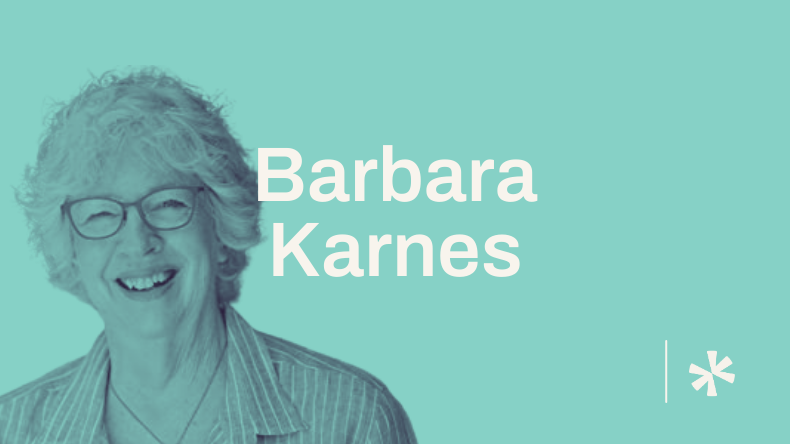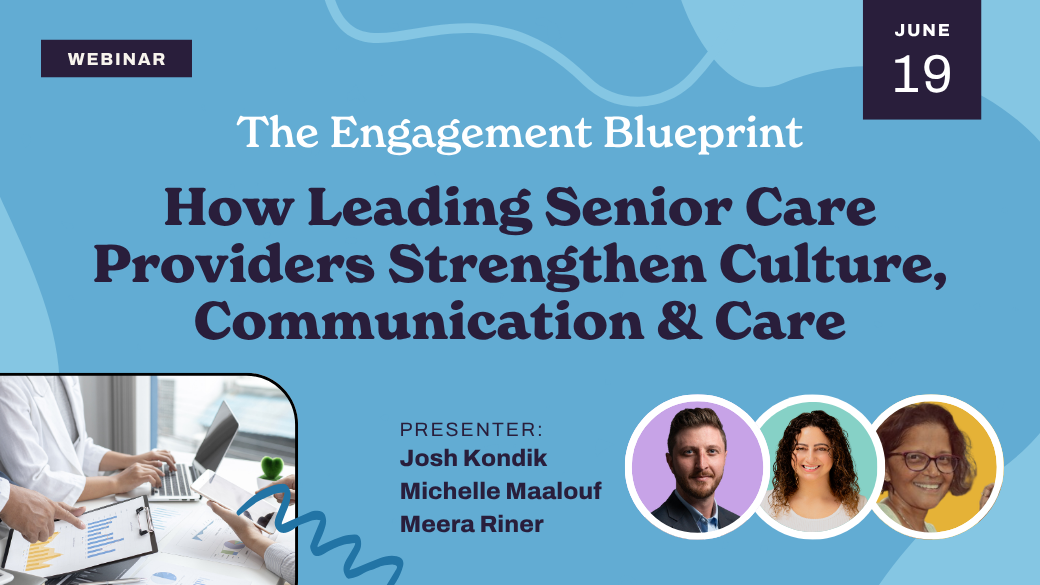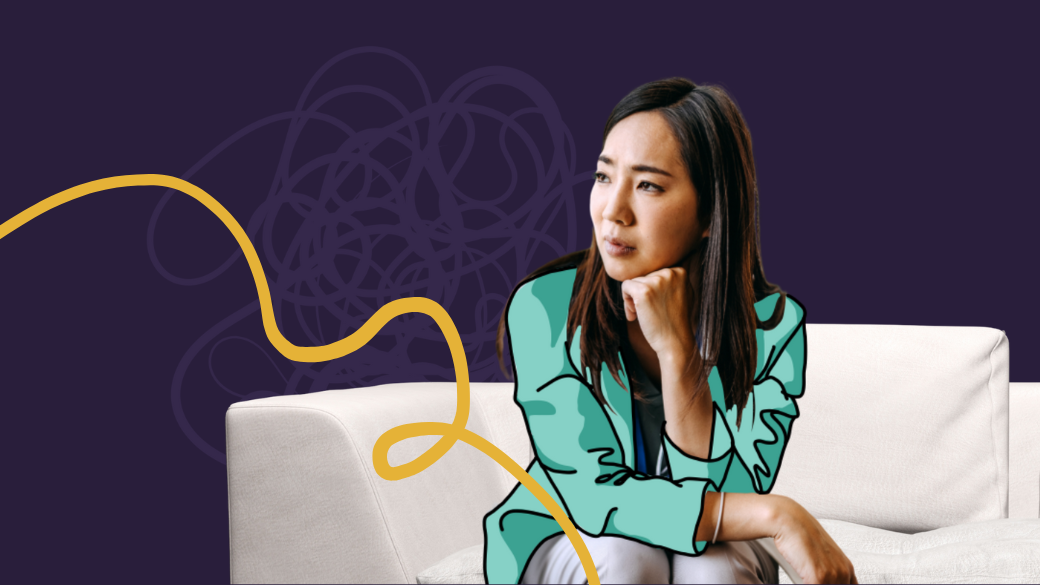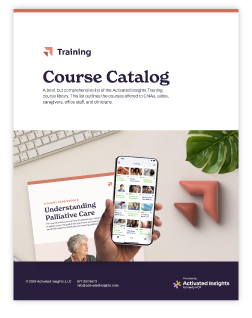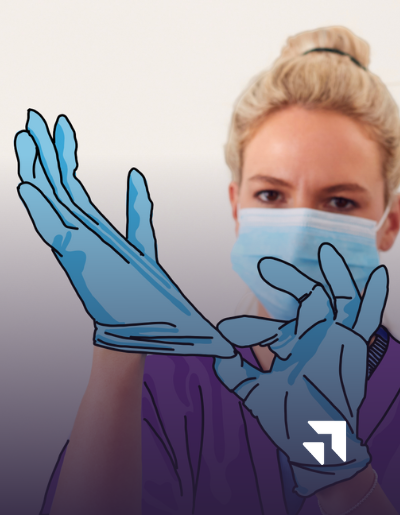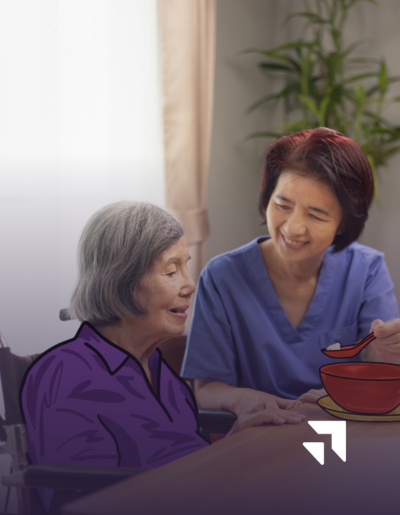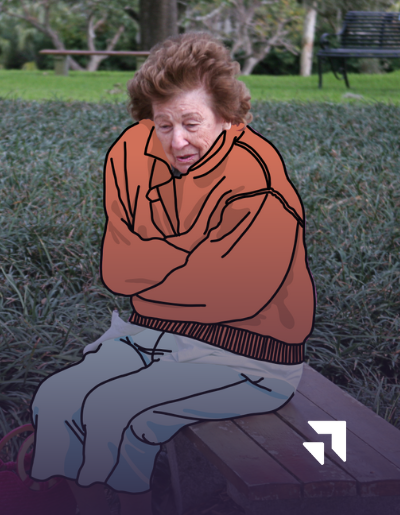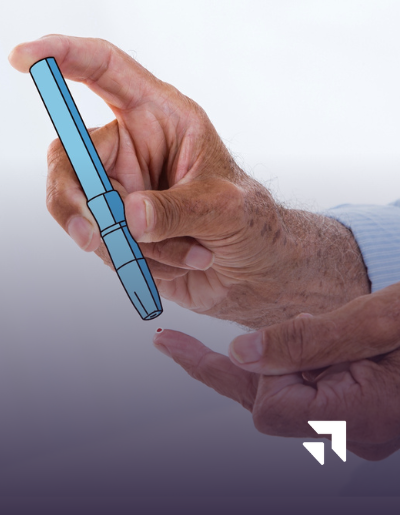Course Catalog
Course Catalog


30 courses found
Audience
Language
Categories
Courses
Audio Available In-Service PDF Available
Audio Available
In-Service PDF Available
This inservice includes basic information about death and the grief process, the importance of listening, and tips on verbal and non-verbal communication with dying clients and their families.
This inservice includes basic information about death and the grief process, the importance of listening, and tips on verbal and non-verbal communication with dying clients and their families.
Audio IncludedAudio Included
This OSHA mandatory topic explains the "chain of infection" and how caregivers can break the chain to prevent infections.
This OSHA mandatory topic explains the "chain of infection" and how caregivers can break the chain to prevent infections.
Audio IncludedAudio Included
This OSHA mandatory topic explains the "chain of infection" and how caregivers can break the chain to prevent infections.
This OSHA mandatory topic explains the "chain of infection" and how caregivers can break the chain to prevent infections.
Audio IncludedAudio Included
This course provides important information about the safety needs of clients with Alzheimer's disease or other dementias.
This course provides important information about the safety needs of clients with Alzheimer's disease or other dementias.
Audio IncludedAudio Included
A lesson for caregivers about influenza that teaches the difference between a cold, the flu, and pneumonia.
A lesson for caregivers about influenza that teaches the difference between a cold, the flu, and pneumonia.
Audio IncludedAudio Included
Through online lessons, recipe videos and a knowledge check, caregivers will learn best practices for meeting an elder's nutritional needs, safe consumption of food and beverages, maintaining independence while dining—including food preferences and meeting expectations—and identifying and correcting sources of difficult behaviors during mealtime.
Through online lessons, recipe videos and a knowledge check, caregivers will learn best practices for meeting an elder's nutritional needs, safe consumption of food and beverages, maintaining independence while dining—including food preferences and meeting expectations—and identifying and correcting sources of difficult behaviors during mealtime.
Audio IncludedAudio Included
In this course, you'll look at the brain functions that cause bias, and the real and harmful consequences of even unintentional bias.
In this course, you'll look at the brain functions that cause bias, and the real and harmful consequences of even unintentional bias.
Audio IncludedAudio Included
This course defines wandering and elopement and describes risk factors of elopement. Technology is discussed in how it can help prevent elopement or help in recovery after an elopement. Prevention techniques and the importance of elopement protocols are covered.
This course defines wandering and elopement and describes risk factors of elopement. Technology is discussed in how it can help prevent elopement or help in recovery after an elopement. Prevention techniques and the importance of elopement protocols are covered.
Audio IncludedAudio Included
In this course, we'll first define what's meant by diversity, inclusion, and belonging.
In this course, we'll first define what's meant by diversity, inclusion, and belonging.
Audio IncludedAudio Included
In this course, we'll first define what's meant by diversity, inclusion, and belonging.
In this course, we'll first define what's meant by diversity, inclusion, and belonging.
Audio IncludedAudio Included
In this course, caregivers will get an overview of the dangers of immobility and learn how to improve their bedbound clients' quality of life.
In this course, caregivers will get an overview of the dangers of immobility and learn how to improve their bedbound clients' quality of life.
No Audio IncludedAudio Included
Provides an in-depth look at the three most common bloodborne pathogens.
Provides an in-depth look at the three most common bloodborne pathogens.
Audio IncludedAudio Included



